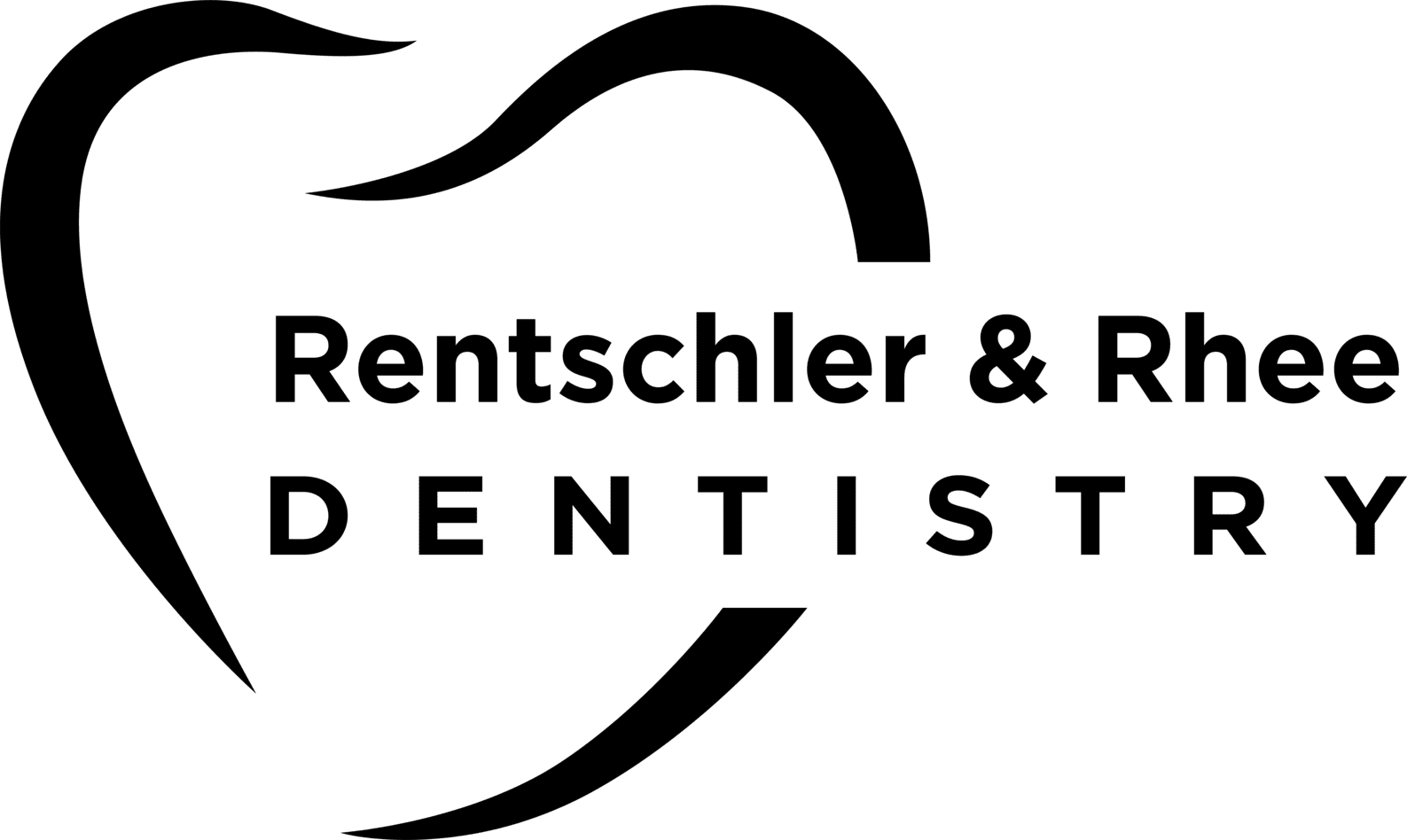Revolutionizing Dentistry with 3D Printing Technology
3D printing technology is transforming the dental industry by making treatments faster, more precise, and cost-effective. This cutting-edge technology allows dentists to provide custom solutions tailored to each patient, improving the quality of care and enhancing the overall dental experience.
What Is 3D Printing in Dentistry?
3D printing in dentistry involves using advanced printers to create precise dental models, appliances, and restorations from digital scans. These devices utilize materials such as resins, ceramics, and metals to produce high-quality, durable dental products in a fraction of the time required by traditional methods.
Applications of 3D Printing in Dentistry
- Custom Crowns and Bridges: Quickly produce durable and natural-looking restorations.
- Orthodontic Aligners: Create clear aligners like Spark or Invisalign with perfect precision.
- Surgical Guides: Develop detailed, patient-specific guides for dental implants and other surgical procedures.
- Dental Models: Print accurate replicas of a patient’s oral cavity for treatment planning and demonstrations.
- Prosthetics: Fabricate dentures and partial dentures with unparalleled accuracy.
- Temporary Restorations: Provide same-day temporary crowns or veneers while permanent ones are being made.
Benefits of 3D Printing in Dentistry
- Speed: Reduces turnaround time for dental restorations and appliances.
- Precision: Creates highly accurate and detailed products, enhancing fit and functionality.
- Customization: Allows for personalized dental care tailored to the unique anatomy of each patient.
- Cost-Effectiveness: Minimizes material waste and reduces costs for both clinics and patients.
- Enhanced Patient Experience: Provides quicker results and eliminates the need for messy traditional impressions.
How It Works
- Digital Scanning: A 3D scanner captures detailed images of the patient’s teeth and gums.
- CAD Design: The scans are used to create a digital design of the required dental appliance or restoration.
- 3D Printing: The digital design is sent to a 3D printer, which constructs the item layer by layer.
- Finishing Touches:
The printed item is polished, adjusted, and, if necessary, stained or colored for a natural appearance.
The Impact on Dental Practices
3D printing technology is redefining the workflow of modern dental practices by improving efficiency and expanding treatment capabilities. Dentists can now offer same-day services, such as crowns or temporary veneers, and ensure higher levels of precision in procedures like implants and orthodontics
Experience a Cleaner, Faster Way to Restore Your Smile
Say goodbye to messy trays and uncomfortable impressions. At Rentschler and Rhee Dentistry, we use advanced digital dental impressions to capture precise, 3D images of your teeth—no goop, no gagging, and no hassle. This fast, comfortable process improves accuracy, speeds up turnaround times, and ensures a better fit for your crowns, dentures, or other restorations. Discover the modern way to restore your smile with comfort and confidence.


